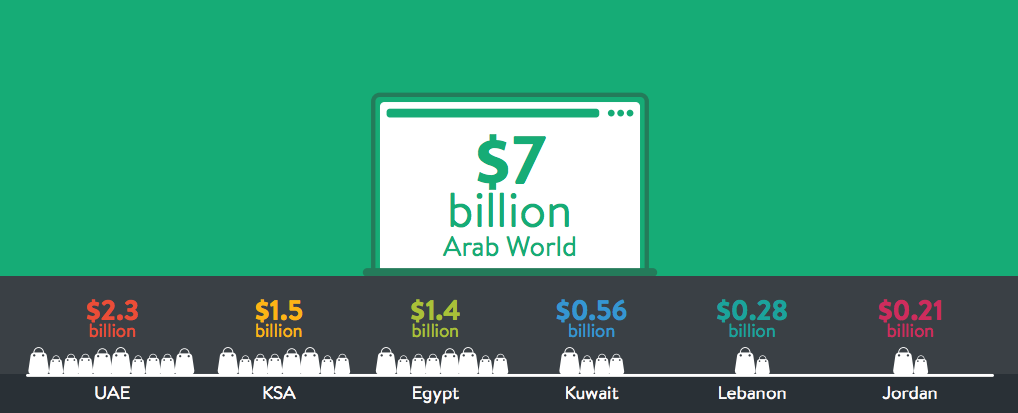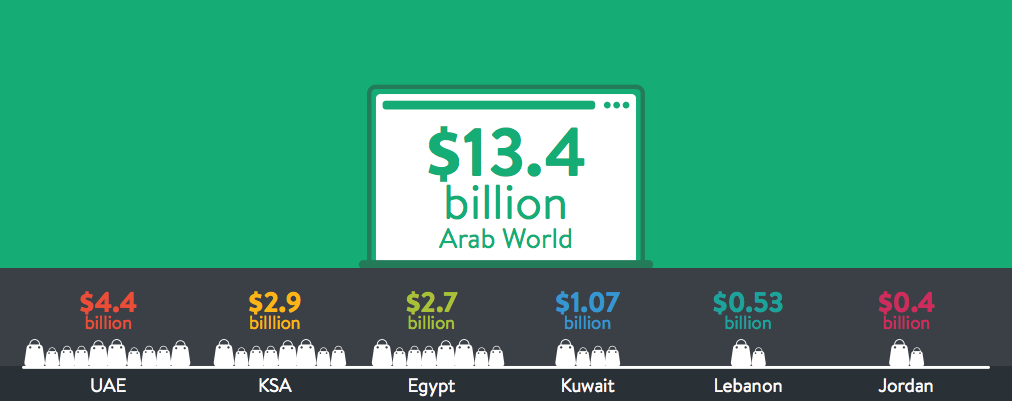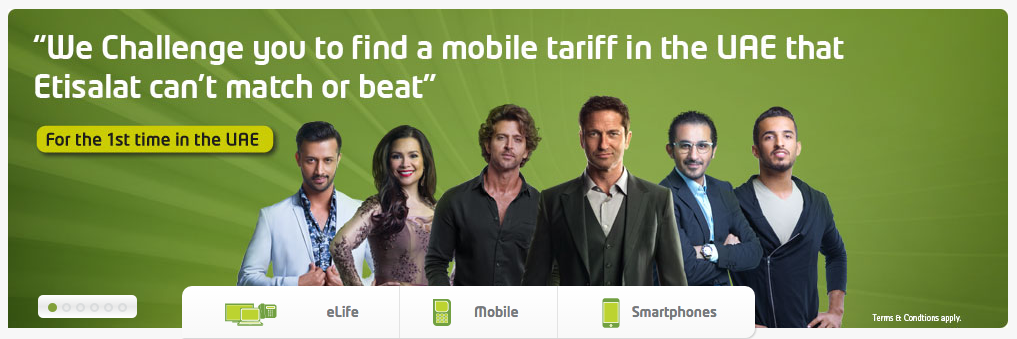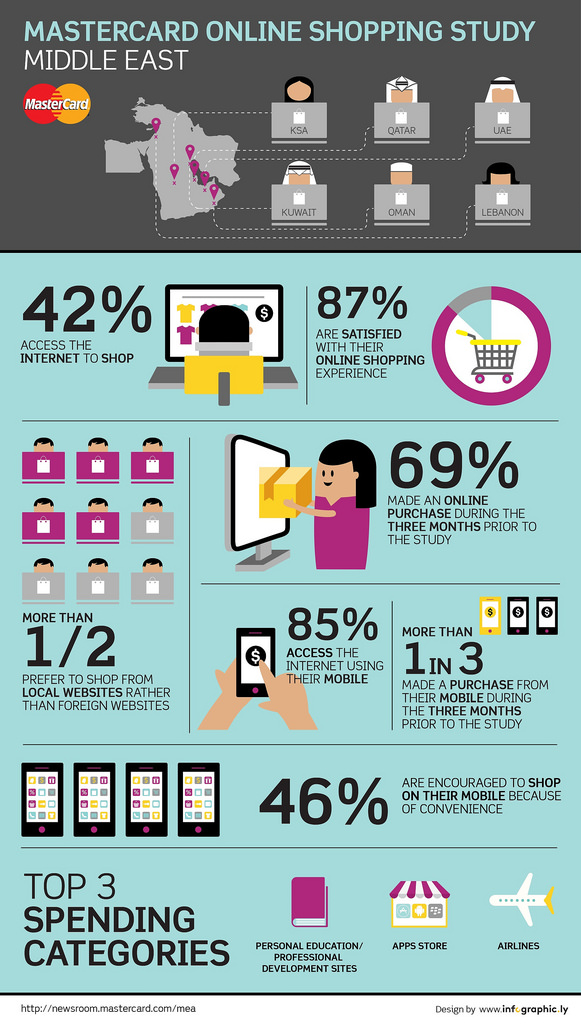As 2015 is coming to an end and 2016 waits just across the corner, it is the perfect time to take a look over the past year and use it to prepare for what is coming next. This year, Facebook, Twitter and Snapchat stole more ground from traditional media companies and became publishers themselves with Facebook’s Instant Articles, Twitter’s Moments and Snapchat’s Discover features.
2015 has witnessed many important and drastic changes in the social media landscape. Here are 5 important things that we should keep in mind:
Mobile-friendly becomes mobile-first
We will always be able to say that 2015 was the year where mobile devices have surpassed desktop when it comes to browsing the Internet. Social networks are constantly working on improving the experience on their mobile apps and companies are starting to shift from a mobile friendly to a mobile first mindset.
Advertising goes completely social:
Banners and popups are completely phased out, leaving more space for native ads that are completely integrated in the news feed, and a bit less interrupting of the user experience. Social media channels have become a pay-to-play space and Instagram was not going to stay out of this game.
The rise of social video:
There are 4 main facts in regards to this:
Social media has changed the way we consume content
The majority of modern Internet users are visual learners
Our attention span is shorter than ever
Video format is the most popular content format on the Internet
Having said this, it was no surprise that Facebook is now focused on creating an ecosystem focusing on video and that Instagram extended its video ads to 30 seconds in some countries.
Instant Updates are back to being the top priority:
Real-time updates are now all but demanded by consumers, and business don’t have the time to analyze or calculate each step they make online as it is moving at a very fact pace. This obsession with live streaming and instant update is going to continue on growing, and brands should think more Snapchat, Periscope etc… as this is where the consumers want to be.
Influencers and content marketing are a must:
Social media rely on the social aspect of each community, and that’s how influencer marketing got so important. A content may turn viral in just a few moments, if you manage to find the right people to talk about it. After all, users nowadays trust their peers and their network much more than any brand.
So to end the year on a useful note, here is an infographic produced by Payfort about the social media landscape in the MENA region, showing the last users habits and behaviors on the various social networks in KSA, UAE, Kuwait, Egypt, Jordan and Lebanon.











































